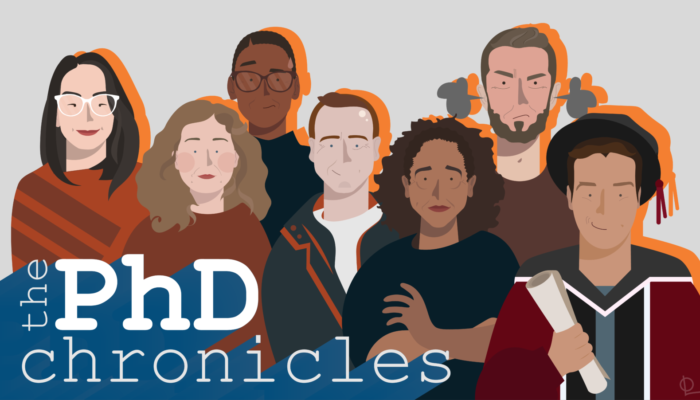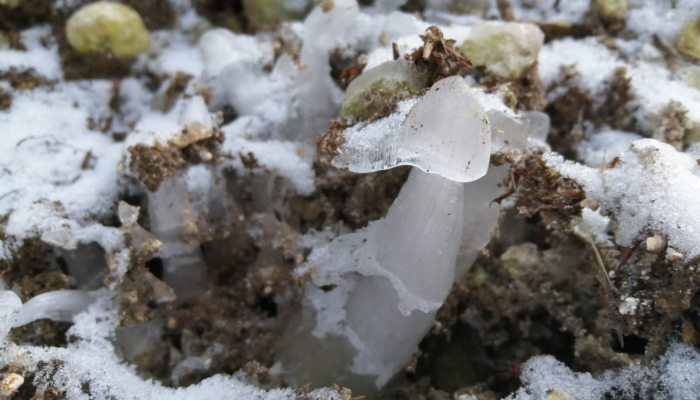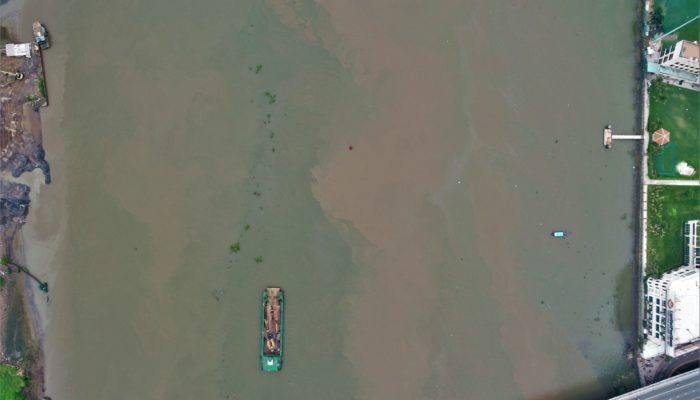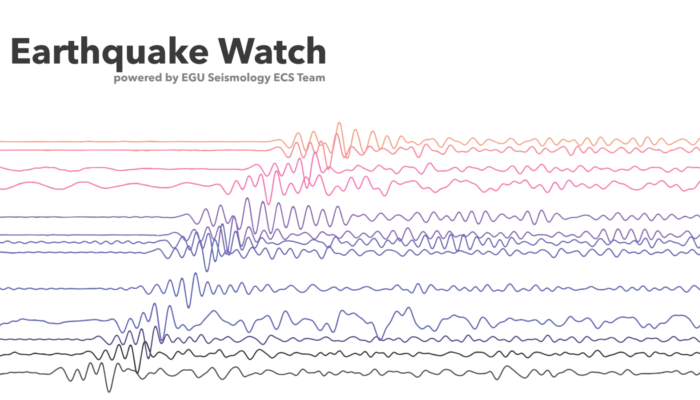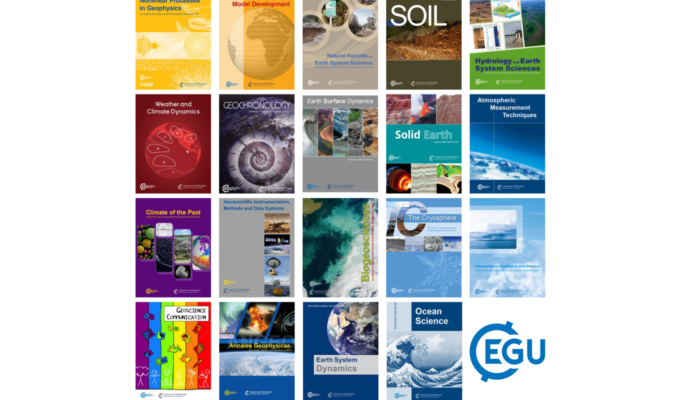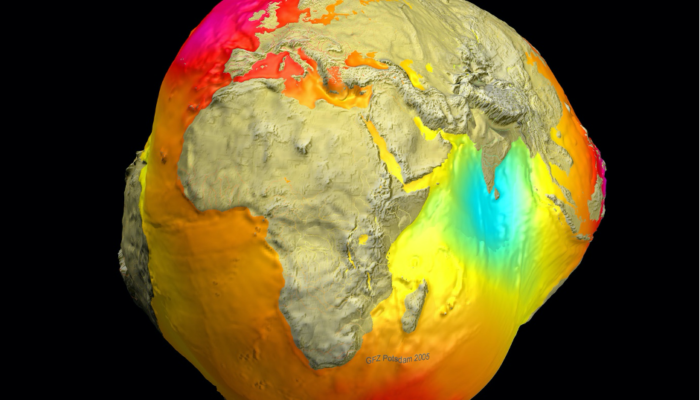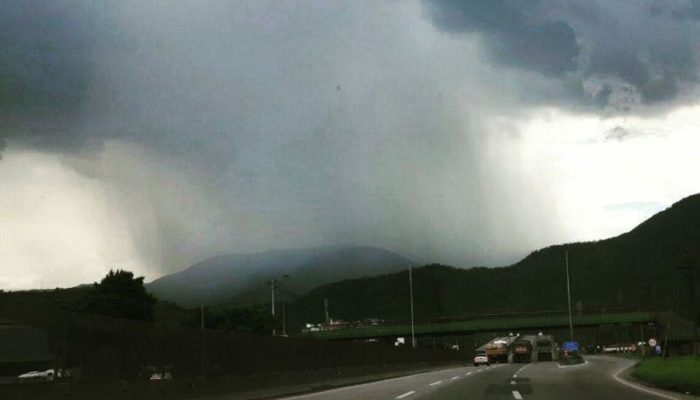In 2010 EGU held our first annual Photo Competition at the General Assembly in Vienna. Since then hundreds of photos have been shared on imaggeo by geoscientists and researchers just like you, with a lucky few being selected each year to be highlighted during the meeting and voted on by our members. These images can be of anything to do with geology or geoscience – we get many beautif ...[Read More]
Geodynamics
First time… publishing a paper
I can’t speak for anyone else, but finally getting a paper through comes with the great satisfaction of not having to deal with the project anymore. There’s a sense of relief, hope, and maybe excitement that the time that is now freed up can be used on other, new projects. Anyway, I am currently still in this honeymoon period so please don’t ruin it by telling me it will end soon. After recently s ...[Read More]
Cryospheric Sciences
Image of the Week – The mystery of the ice mushrooms
Last week, the EGU Cryosphere Blog (“Cryoblog” for the regulars) team was contacted by a reader who stumbled upon very curious ice formations while taking a morning walk in rural Berkshire, England. This was right after a few nights with below-freezing temperatures and snowfall. He asked us whether we could explain to him what these ice mushrooms were and how they formed. Very curious and always k ...[Read More]
GeoLog
GeoTalk: Meet Tim van Emmerik, hydrologist and Geosciences Instrumentation and Data Systems Division Early Career Scientist representative.
Hi Tim, thanks for talking with us today, can you start by telling us a little about yourself and your research background? As experimental hydrologist I aim to provide reliable data to solve water-related societal challenges. For over a decade I have been working on developing new, better or cheaper measurement methods to quantify components of the water cycle. My first projects focused on estima ...[Read More]
Seismology
Earthquake Watch January: Guyana Mw 5.6
South America is one of the most seismic regions where the collision of several tectonic plates is shaping the topography along the Pacific coast. On January 31, an Mw5.6 earthquake hit Southern Guyana near the border with Brazil. This event was largely felt in Boa Vista (Brazil), the nearest main city close to the epicentre (Figure 1, EMSC). Relatively small damages were reported and fortunately ...[Read More]
GeoLog
GeoRoundup: the highlights of EGU Journals published during February!
Each month we feature specific Divisions of EGU and during the monthly GeoRoundup we will be putting the journals that publish science from those Divisions at the top of the Highlights roundup. For February, the Divisions we are featuring are: Geosciences Instrumentation and Data Systems (GI), Planetary & Solar System Sciences (PS) and Solar-Terrestrial Sciences (ST). They are served by the jo ...[Read More]
Hydrological Sciences
Open teaching to navigate hydrology: how ready are we?
Around a year ago, I all of a sudden had to find a quick solution to do online teaching. The timing was perfect: start of the semester, start of online teaching, video conference infrastructure unavailable, three kids at home and me, a hydrology teacher who has never produced any kind of video exceeding a 20s cell phone video. Being the kind of person who always has to find a solution, I produced ...[Read More]
Geodynamics
The Indian Ocean Geoid Low at a plume-slab overpass
In this week’s News & Views, Postdoc Elodie Kendall from GFZ Potsdam shares with us recent work on the mantle structures that could explain the Indian Ocean Geoid Low. What is the geoid, what does it look like and what can it tell us about mantle structure? The geoid is a model of the shape of the oceans’ surface if only gravity and Earth’s rotation act ...[Read More]
GeoLog
Imaggeo On Monday: Aurora Australis with Southern Cross and Pointer stars
This view from the Port Hills of Christchurch in New Zealand glances South over Governors Bay into the distance, where an Aurora Australis is visible near the horizon. Almost in the center of the starry sky the Southern Cross with its 2 Pointer stars are showing prominently. Description by Ulrich Schreiber, after the description on imaggeo.egu.eu. Imaggeo is the EGU’s online open acc ...[Read More]
Natural Hazards
2020: The escalation of extreme rainfall events in Brazil
In summer 2020, extreme rainfall events dumped up to 320 mm of rain in a single day in the Baixada Santista metropolitan region, São Paulo state, breaking Brazil’s record for the biggest rainfall in a single event and demonstrating one of the greatest threats of climate change. The damage caused by the associated landslides led to dozens of fatalities and hundreds of homeless people, as well ...[Read More]


